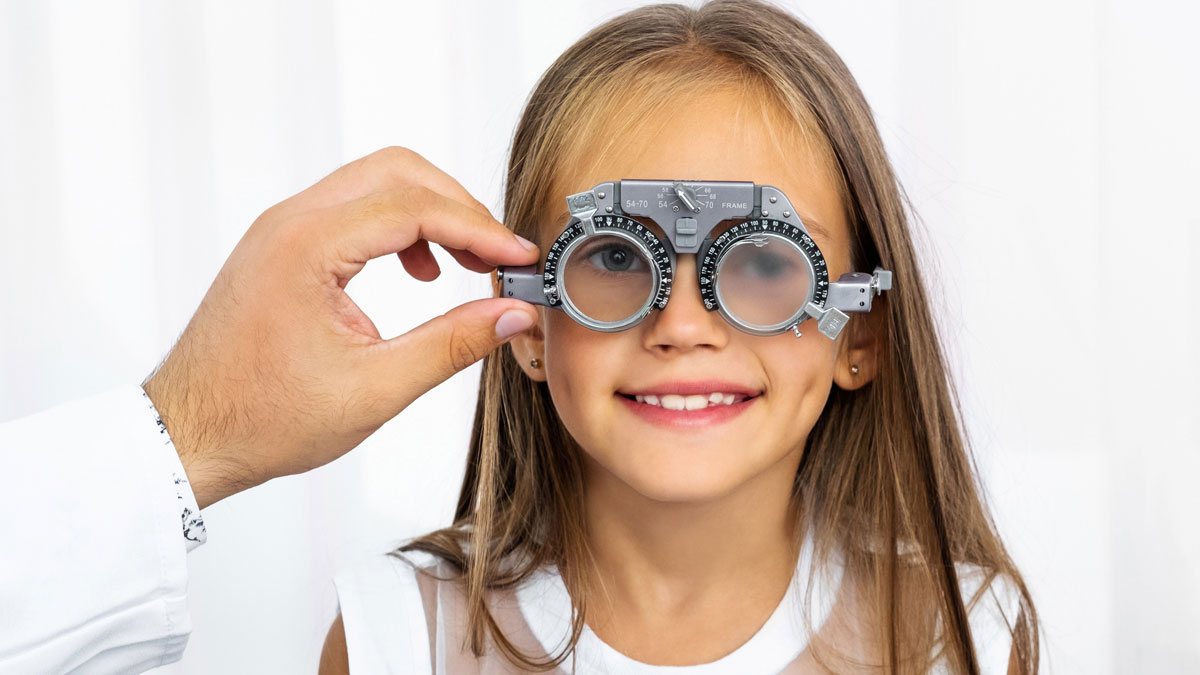Eye Care
Vision Care: How to Protect Your Eyes from Digital Strain
In today’s digital age, we spend hours looking at screens whether it’s our smartphones, computers, or tablets. While technology has revolutionized the way we work, communicate, and entertain ourselves, it has also brought a new challenge: digital eye strain. If you’ve ever experienced dry eyes, blurred vision care, or headaches after a long day in front of a screen, you’re not alone. The good news is that there are effective ways to protect your eyes from digital strain.
Here’s a guide to help you care for your vision in the digital age.
What is Digital Eye Strain?
Computerized eye strain, otherwise called PC vision disorder (CVS), alludes to a gathering of eye and vision-related issues brought about by delayed utilization of computerized gadgets. Symptoms may include:
- Eye fatigue
- Dry or itchy eyes
- Blurred or double vision
- Headaches
- Neck and shoulder pain
- Difficulty focusing
These symptoms can arise after just two hours of screen use, especially when the proper precautions aren’t taken. The good news is that you can adopt simple strategies to reduce the risk of digital eye strain and protect your vision.
1. Follow the 20-20-20 Rule
One of the least complex ways of lessening advanced eye strain is by keeping the 20-20-20 guideline. This rule recommends that every 20 minutes, take a 20-second break and look at something 20 feet away.
This gives your eye care a chance to relax and refocus, reducing the strain caused by prolonged screen use.
2. Adjust Your Screen Settings
Make sure your screen is at the correct brightness and contrast. It should not be too bright or too dim compared to your surrounding environment.
If you’re working in a bright room, consider using a screen filter or adjusting the lighting to reduce glare. Additionally, increasing the text size on your screen can help reduce the strain on your eyes.
Many modern devices also have built-in “blue light filters” or “night modes.”
These settings reduce the amount of blue light emitted by the screen, which is thought to contribute to digital eye strain and can interfere with sleep patterns. Activate these settings, especially in the evening.
3. Blink More Often
When we focus on screens, we tend to blink less frequently, which can lead to dry eyes.
Blinking is essential for lubricating the eyes and preventing dryness. To combat this, remind yourself to blink more often or consider using artificial tears (eye drops) to keep your eyes moist.
4. Maintain Proper Posture
The position of your body and screen plays a significant role in reducing digital strain. Keep your screen about 20 to 30 inches from your eyes, and make sure it’s at eye level to avoid straining your neck and eyes.
Adjust your chair and screen height so that you don’t have to lean forward or squint.
Also, sit up straight and avoid slouching to minimize neck and shoulder pain, which often accompanies digital eye strain.
5. Use Anti-Glare Screens and Blue Light Glasses
Consider investing in anti-glare screen protectors for your devices to reduce glare from overhead lighting or windows.
Additionally, blue light blocking glasses can help protect your eyes from the harsh effects of prolonged exposure to digital screens.
These glasses filter out harmful blue light and can help reduce eye fatigue, particularly for people who spend long hours in front of computers or other digital devices.
6. Adjust Room Lighting
Proper room lighting can make a big difference when it comes to reducing digital eye strain.
Avoid using overhead fluorescent lights, which can cause glare on your screen. Instead, use soft, ambient lighting, and consider using desk lamps with adjustable brightness to ensure adequate lighting without causing strain.
7. Keep Your Eyes Hydrated
Dry eyes are a typical side effect of computerized eye strain. To avoid this, make sure you stay hydrated throughout the day.
Drinking plenty of water helps keep your eyes moist and reduces the likelihood of discomfort.
You can also use eye drops or artificial tears to maintain moisture levels and prevent dryness caused by staring at screens for too long.

8. Get Regular Eye Exams
Even if you don’t experience any noticeable symptoms, regular eye exams are important for maintaining your eye health.
Your optometrist can monitor your eye health and make personalized recommendations for reducing digital strain.
If you wear glasses, ask your eye doctor about prescription lenses specifically designed for digital screen use.
9. Take Care of Your Overall Health
Maintaining a healthy lifestyle is also crucial for preserving your vision care.
Ensure you get enough sleep, eat a balanced diet rich in vitamins and antioxidants (such as vitamin A, C, and E), and exercise regularly.
These habits support your overall health and contribute to good eye health.
Final Thoughts
In the digital age, taking proactive steps to protect your eyes from strain is essential.
By following the 20-20-20 rule, adjusting your screen settings, practicing good posture, and using blue light glasses or anti-glare screens, you can reduce the risk of digital eye strain.
Regular eye exams and maintaining a healthy lifestyle will further support your long-term eye health.
Remember, your eyes are one of your most important assets.
Taking the time to protect them from digital strain now can prevent more serious issues in the future, allowing you to continue enjoying all the benefits of technology while keeping your vision (vision care) sharp.



